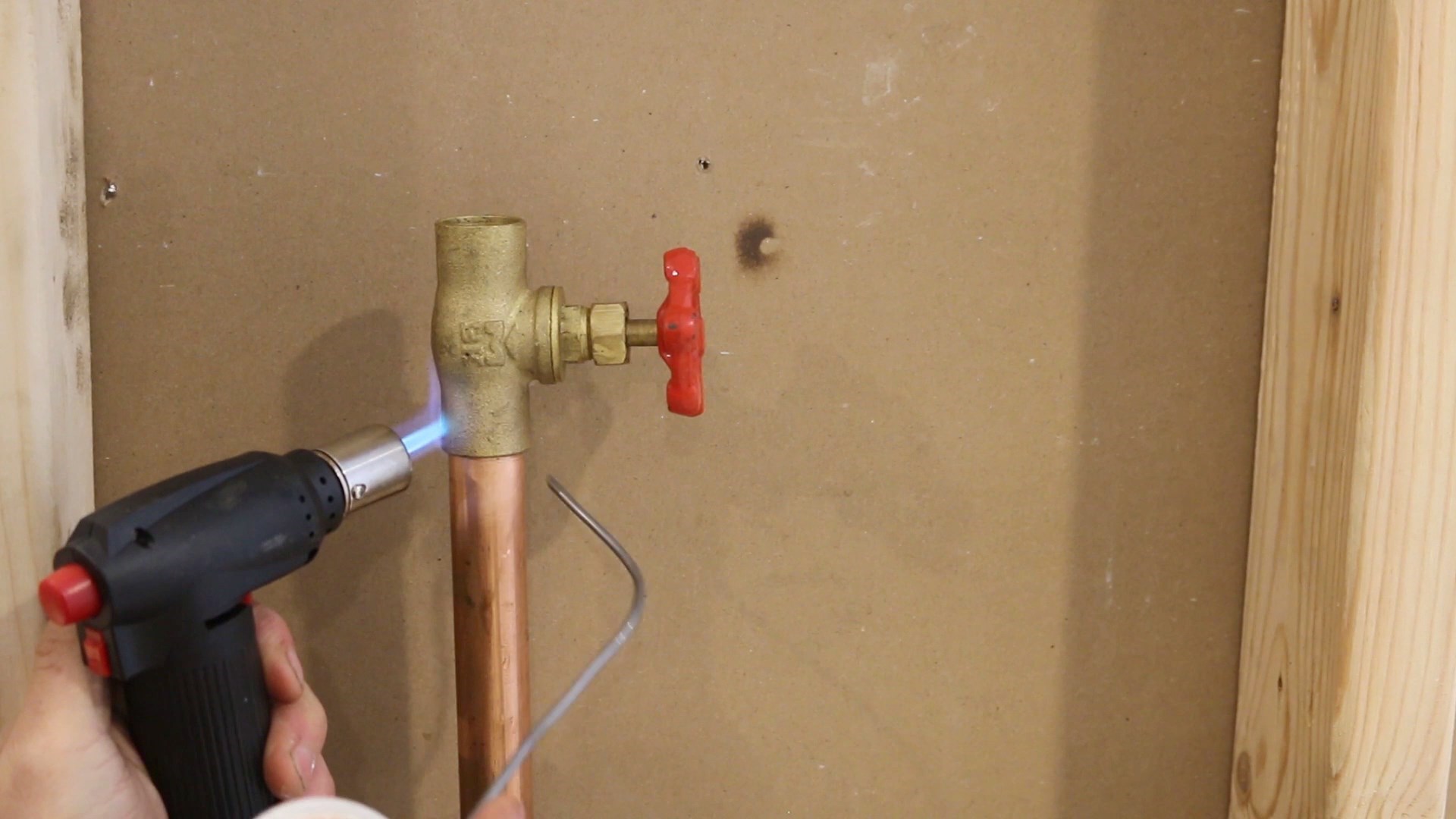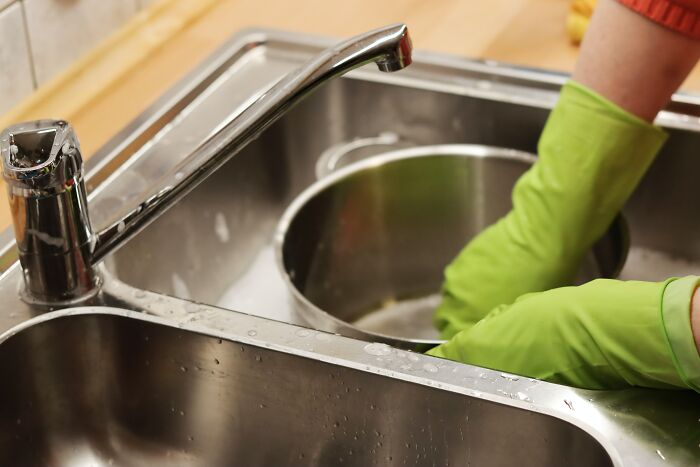An Highly-Rated Winterizing Techniques: 5 Ways to Prevent Pipe Bursts
An Highly-Rated Winterizing Techniques: 5 Ways to Prevent Pipe Bursts
Blog Article
Just how do you actually feel about How to Prevent Frozen Pipes?

All homeowners who live in pleasant climates should do their ideal to winterize their pipelines. Failure to do so can mean catastrophe like icy, broken, or ruptured pipelines.
Switch on the Faucets
When the temperature level declines and it seems as if the icy temperature level will certainly last, it will certainly help to turn on your water both indoors as well as outdoors. This will keep the water flowing via your plumbing systems. In addition, the activity will certainly decrease the cold process. Notably, there's no demand to transform it on full blast. You'll wind up wasting gallons of water in this manner. Instead, aim for regarding 5 declines per minute.
Open Up Closet Doors Hiding Plumbing
When it's chilly outside, it would be practical to open up cupboard doors that are camouflaging your pipelines. As an example, they could be someplace in your kitchen or washroom. This will certainly allow the cozy air from your heating system to circulate there. Consequently, you avoid these exposed pipes from freezing. Doing this small method can keep your pipelines warm as well as limit the potentially dangerous results of freezing temperature levels.
Take Some Time to Wrap Exposed Piping
One clever as well as very easy hack to warm up icy pipes is to wrap them with warm towels. You can likewise utilize pre-soaked towels in warm water, simply do not forget to wear protective handwear covers to guard your hands from the heat.
Try a Hair Dryer or Warmth Weapon
When your pipelines are nearly freezing, your dependable hair dryer or warmth weapon is a godsend. If the hot towels do not aid displace any resolving ice in your pipelines, bowling warm air straight into them might aid. You may finish up harmful your pipelines while attempting to thaw the ice.
When Pipes are Frozen, close Off Water
If you observe that your pipelines are completely icy or nearly nearing that phase, turn off the major water shutoff right away. You will usually find this in your basement or laundry room near the heating system or the front wall closest to the street. Transform it off immediately to prevent additional damage.
Don't fail to remember to shut exterior water resources, as well, such as your connection for the yard home. Doing this will certainly prevent additional water from filling up your plumbing system. Sadly, with more water, even more ice will certainly pile up, which will ultimately lead to rupture pipelines. It is best to call an expert plumber for an inspection if you are uncertain about the state of your pipelines this winter season. Taking this positive method can save you countless bucks out of commission.
All house owners who live in pleasant environments have to do their best to winterize their pipelines. Failing to do so can lead to catastrophe like icy, broken, or ruptured pipes. If the hot towels do not help dislodge any type of resolving ice in your pipelines, bowling warm air straight into them may aid. Turn off the primary water shutoff quickly if you discover that your pipes are entirely icy or virtually nearing that phase. With more water, more ice will load up, which will eventually lead to break pipelines.
PREVENT YOUR PIPES FROM FREEZING THIS WINTER
A Leading Cause of Property Damage
When the weather is taking a deep nose dive into the cold dreary days, the risk of your pipes freezing and potentially bursting skyrockets. Unfortunately, during these cold dreary months, burst pipes are the most common denominator for property damage. The pipes that are most at the risk are those that are in areas where it is most cold in your home. For instance, pipes located in interior places such as basements, attics, and your garage. Unfortunately, that doesn’t mean that the pipes running through your cabinets or exterior walls can’t freeze. Good news, however, is that you can do things to help prevent pipes from freezing.
How to Prevent Pipes From Freezing
Once the temperature starts to drop during the winter, you should be taking the proper measures needed to ensure that your pipes stay warm and that there is circulation of water through them. Some steps that experts may recommend could go against your better judgement when it comes to saving water and heat. However, it would go without saying that when expenses are compared, damaged pipes could put a bigger dent in your wallet than a water bill.
What Can I Do?
Keep your garage door closed. This is very important, especially if you have water supply lines running through your garage. Open your kitchen and bathroom cabinets to allow warm air to circulate through them. Allow air circulation throughout your home. Keeping the interior doors open will once again allow the warm air to circulate inside your home. Ensure your thermostat is running the same temperature throughout the night and day. If you plan to be away from home during the cold months, set your temperature no lower than 55° F. This should provide enough heat to keep the pipes warm and prevent any remaining water inside the pipes from freezing. For more of a long-term solution, add insulation to attics, basement, and other crawl spaces around your home. By allowing your faucet to drip, it will alleviate pressure in the system. This is important because the pressure that is created between the blockage and the faucet can potentially cause the pipes to burst. Allowing the faucet to drip will prevent the pressure from building up, therefore keeping the pipes from bursting. Seal any cracks, openings, and crawl spaces around your home to prevent cold air from coming inside. This keeps your pipes-not to mention your home-warmer and less susceptible to issues caused by freezing temperatures. For the pipes in your home that are easily accessible, applying electrical tape to them might prevent them from freezing over. This is a quick fix, as you can apply the tape directly to the pipe. There are two options for heating tapes. One turns on and off by itself when it senses heat is needed. The other type of heating tape needs to be applied when heat is needed and removed when not necessary. If you have exposed pipes in your home, you can check this website to take a look at a few options that would be available at a shop near you.

Do you appreciate reading up on How to Prevent Frozen Pipes? Post a remark down the page. We will be pleased to listen to your insights about this write-up. We hope to see you back again in the near future. Loved our posting? Please share it. Let another person locate it. Thanks for going through it.
Book Services Report this page